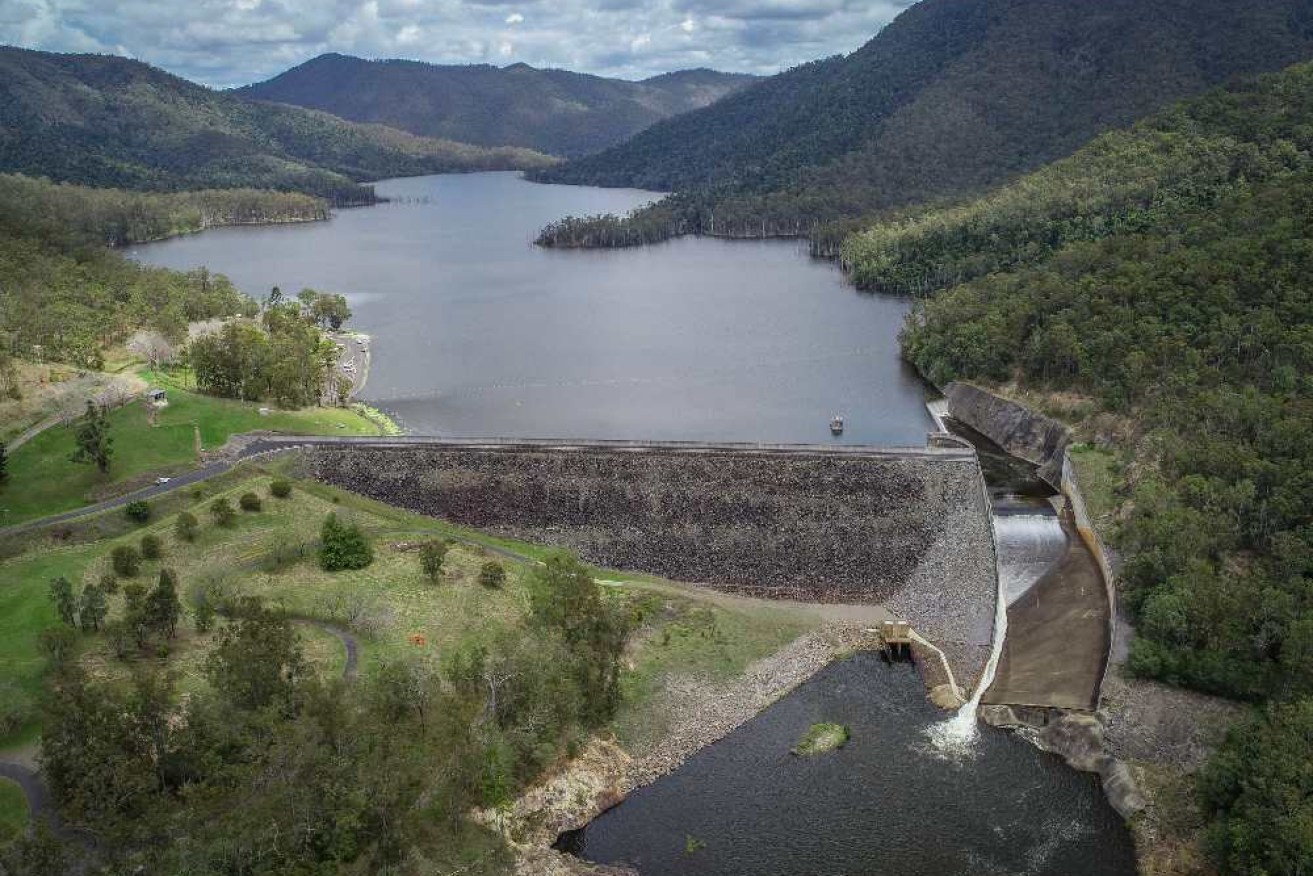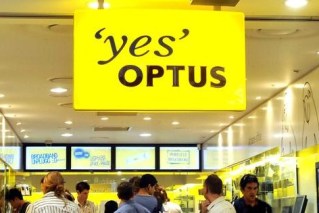Renewables surge raises concerns consumers may turn away from power grid
A pumped hydro facility at Borumba Dam, near Gympie, would be a multibillion-dollar construction project that had the potential to leverage billions more in clean energy investment, according to the State Government.


But Borumba was unlikely to be alone, according to Energy, Renewables and Hydrogen Minister Mick de Brenni.
Other pumped hydro projects would be needed along with battery storage but a former Labor Minister Rod Welford said the staggering growth and evolution of the energy sector also raised concerns about the grid becoming a stranded asset.
“The last thing Energex and Ergon need is large-scale desertion from the grid,’’ he said.
That desertion could occur as residential batteries become cheaper. Adding to that was a proposal to charge a levy on residential solar to send their energy to the grid.
“I think they will say if you are going to levy us we might as well get a battery to store our own energy,’’ Welford said.
“They would then take even less energy from the grid which means network operators are no better off.
“I have been worried for a while about the risk the grid starts to look more and more look like a stranded asset.’’
“There are going to be winners and losers in transition. The risk for the Government will be how they transition their businesses to minimise losses or pivot into new areas of profit.’’
The Government also appears to be putting a lot of faith in Borumba, which is currently a serene fishing and camping location.
“Planning for the Borumba pumped hydro storage facility has commenced and is expected to take two to three years to construct, with operations to commence close to the end of the decade,’’ De Brenni said.
“Consumers expect their Queensland-made electricity to be not only clean and cheap but they also want it to be reliable, which means storage, whether it is batteries or pumped hydro, will play an increasingly significant role in the system at a scale to be outlined in our Energy Plan due in early 2022.
“New renewables need to be firmed which means Borumba is very likely to be one of a number of similar scale projects with several shortlisted for further active consideration.’’
It has yet to be revealed whether Borumba would be Government owned or auctioned off to the private sector.
Another 192 renewable projects worth $90 billion have been registered with the Government as proposals that may or may not get off the ground.
The Government has also started work on establishing three renewable energy zones which are an attempt to stop duplication and projects tripping over each other.
According to CleanCo’s Maia Schweizer, the rush to new projects are driven by the electricity grid _ the poles and wires _ needing to triple in size to cope with the electrification and decarbonisation of the economy.
Welford said one of his concerns was the ability of state and federal regulatory bodies tripping over each, which occurred regularly in dealing with COVID-19.
But he said there was also a question of how fast the Government could drive new investment.
“They set up the renewable energy zones and that can make a significant difference but there are a number of uncertainties around the co-ordination of the rollout of new generation capacity on the grid.
“There is a lot of infrastructure being built and there is uncertainty around the connection arrangements because they are split between state and federal regulatory bodies.
“If capacity is added in the wrong location on the grid the capital costs of upgrading the grid to be able to carry that additional capacity will add to end user costs.’’
However, funding the transition to 50 per cent renewables was not one of his concerns.
“When push comes to shove it doesn’t matter whether it’s education or health or energy transition, if the Government sets a policy target and is determined to deliver it they find the money,’’ Welford said.
“I think it has been proven in other areas. The key factor is that they have time. It may be several billion dollars, but it’s 10 years and in the case of 2050 it’s 30 years so if you look at it over those timeframes and the uncertainty of costing over that time and tech reducing in costs it is not out of the ballpark.’’
Also in the pipeline is an array of batteries to provide back up to renewable energy projects. The cost of those will be in the billions.
The Clean Energy Council said there were 22 battery projects under construction in Australia costing an estimated $1 billion. Only one was in Queensland and that was for a relatively small 150 Mw of storage.












